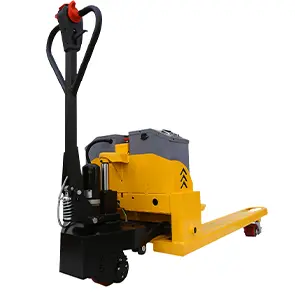


Understanding the Chain Block A Vital Tool for Lifting 5 Ton Loads Over 6 Meters
In the world of lifting and rigging, efficiency, safety, and reliability are paramount. One of the most indispensable tools in this arena is the chain block, particularly models designed for heavy loads such as a 5-ton chain block capable of lifting over 6 meters. This article delves into the significance of the chain block, its components, applications, and considerations necessary for safe operation.
What is a Chain Block?
A chain block, also known as a chain hoist, is a type of lifting equipment used to raise and lower heavy objects. It consists of a strong chain and a mechanism (typically a pulley system) that allows for the lifting of weights with minimal manual effort. Chain blocks come in various sizes and are rated for different lifting capacities. A 5-ton chain block indicates it can lift loads up to 5 tons safely, making it a robust choice for industrial applications.
The Anatomy of a Chain Block
Understanding the components of a chain block is crucial for its effective use
1. Chain The primary medium that pulls the load upwards. Made of high-strength steel, it ensures durability and reliability.
2. Hook At the top of the chain block, the hook secures the load to be lifted. It must have a safety latch to prevent accidental release.
3. Pulleys Inside the chain block, pulleys guide the chain while distributing weight evenly, reducing the effort needed to lift the load.
4. Gear Mechanism This feature allows users to lift heavy weights with less force, combining mechanical advantage with safety.
5. Brake System Essential for maintaining control over the load during lifting and lowering. A reliable brake prevents accidental drops, ensuring user safety.
Applications of a 5-Ton Chain Block
Chain blocks are versatile and find application across various industries

- Construction Used to lift heavy materials, such as steel beams, ensuring efficient and safe construction practices. - Warehousing Essential for loading and unloading heavy items, chain blocks streamline operations in warehouses and storage facilities.
- Manufacturing In factories, they assist in moving large equipment or products during assembly or packaging processes.
- Maintenance and Repair Chain blocks enable technicians to lift engines or heavy machinery for servicing with ease.
Safety Considerations
While chain blocks are incredibly useful, safety should always be at the forefront of operation. Here are several key safety tips
1. Inspection Regularly inspect the chain block for any signs of wear or damage. Check the chain, hooks, and brakes to ensure they are functioning correctly.
2. Load Capacity Never exceed the rated capacity of the chain block. A 5-ton chain block should only lift loads up to its limit.
3. Proper Setup Ensure that the chain block is installed correctly. The lifting point should be stable and secure, avoiding overloading or awkward angles.
4. Training Only trained personnel should operate lifting equipment. Understanding how to use a chain block effectively ensures safety and efficiency.
5. Clear Area Keep the area beneath the load clear of personnel and obstacles to prevent accidents in case of a drop.
Conclusion
A 5-ton chain block capable of lifting loads over 6 meters is an essential tool in various industrial settings. Its efficient design, combined with proper safety protocols, makes it a reliable choice for lifting heavy objects. By understanding its components, applications, and safety measures, operators can maximize productivity while ensuring a safe working environment. In the ever-evolving landscape of lifting technology, the chain block remains a steadfast component that continues to serve industries effectively.



